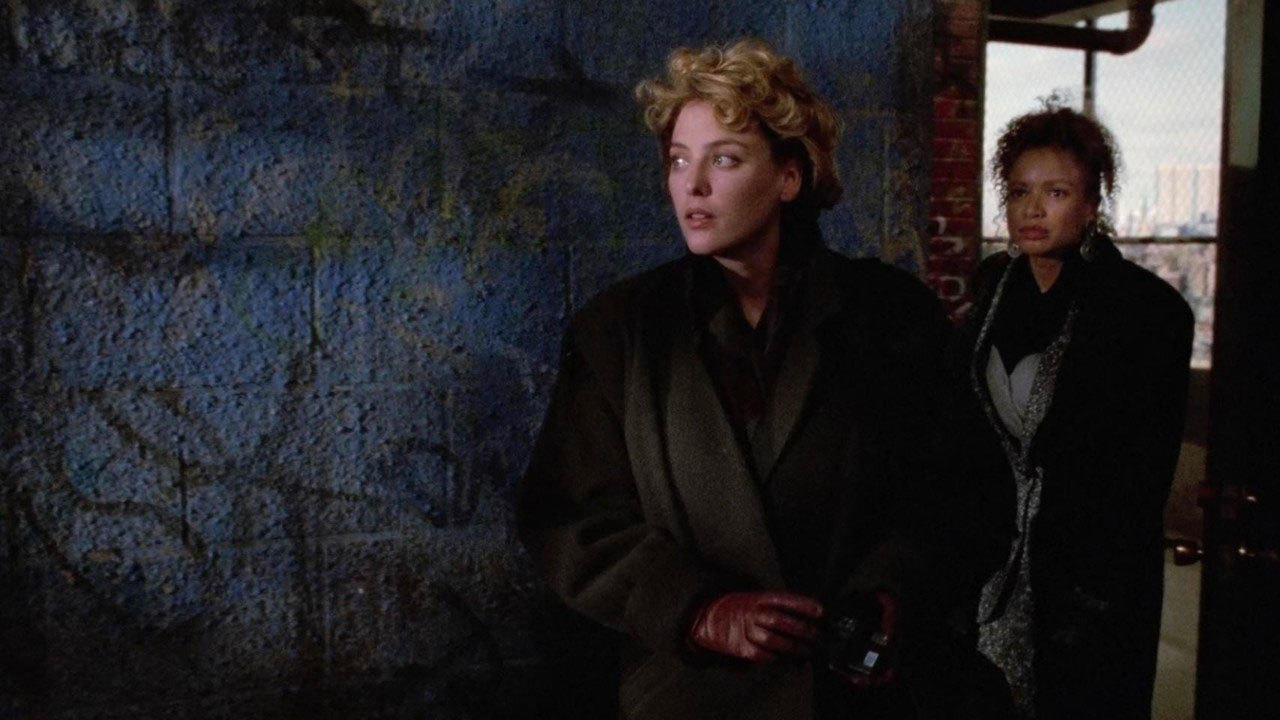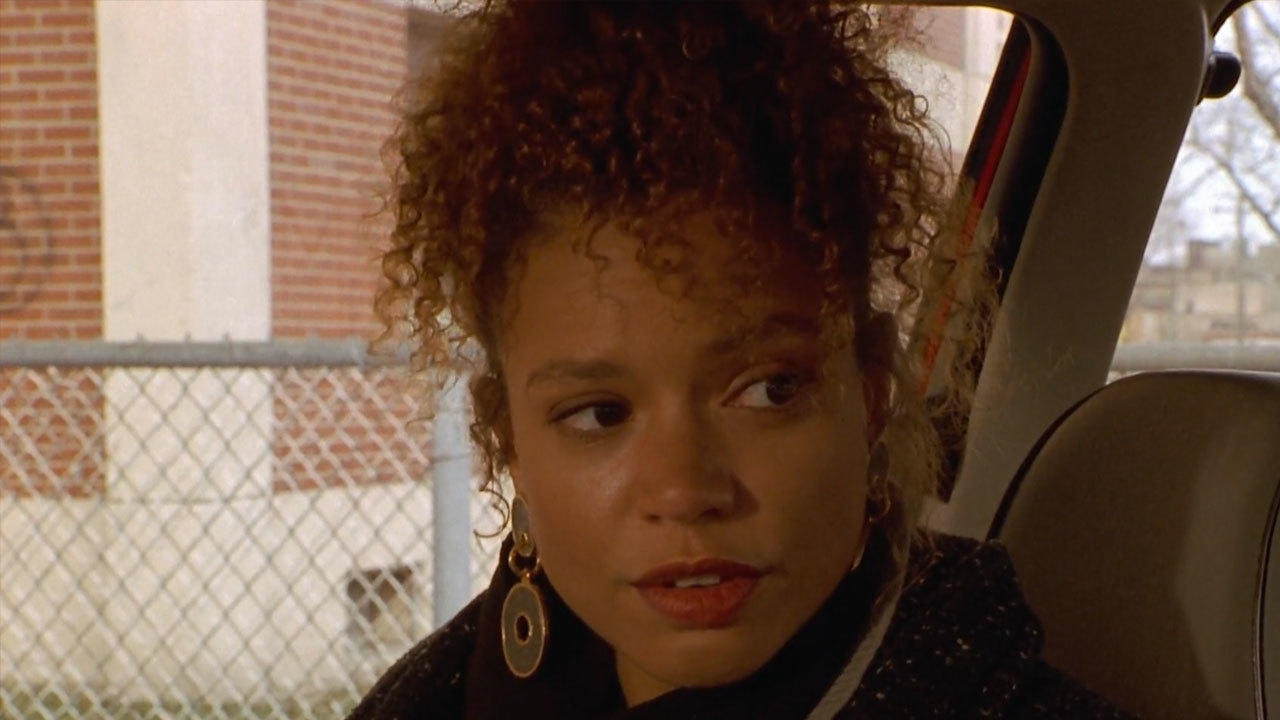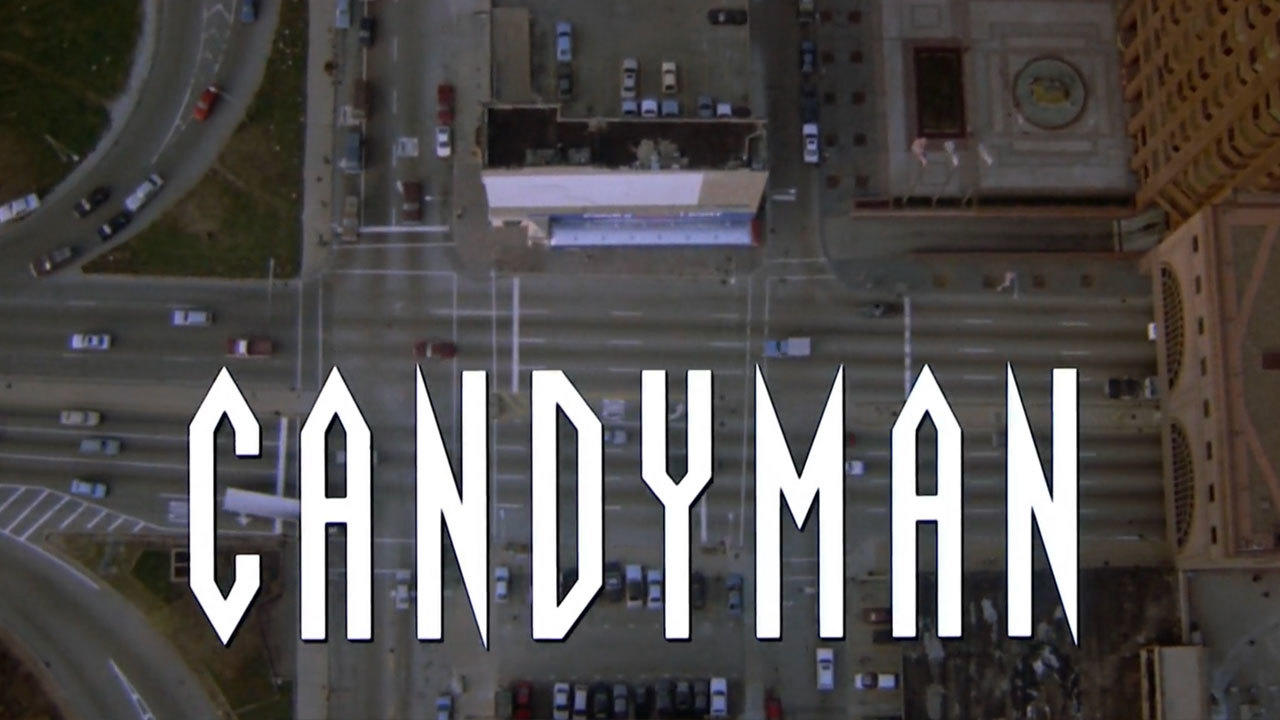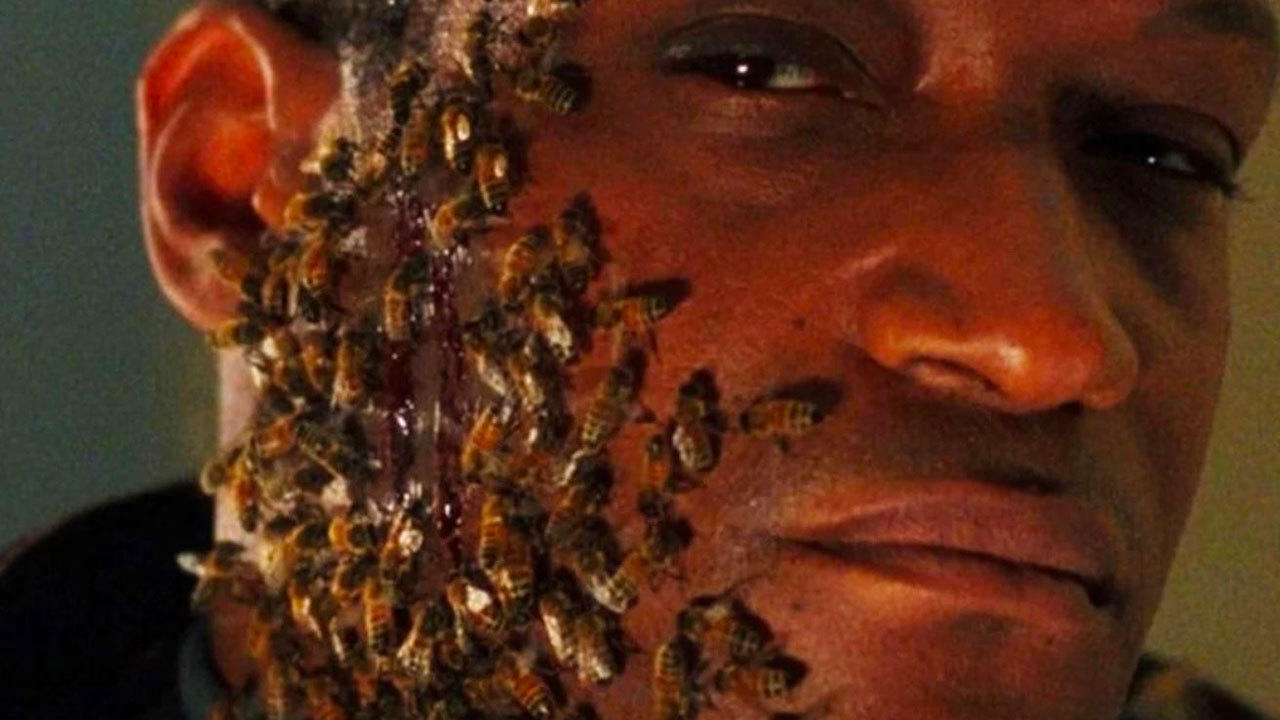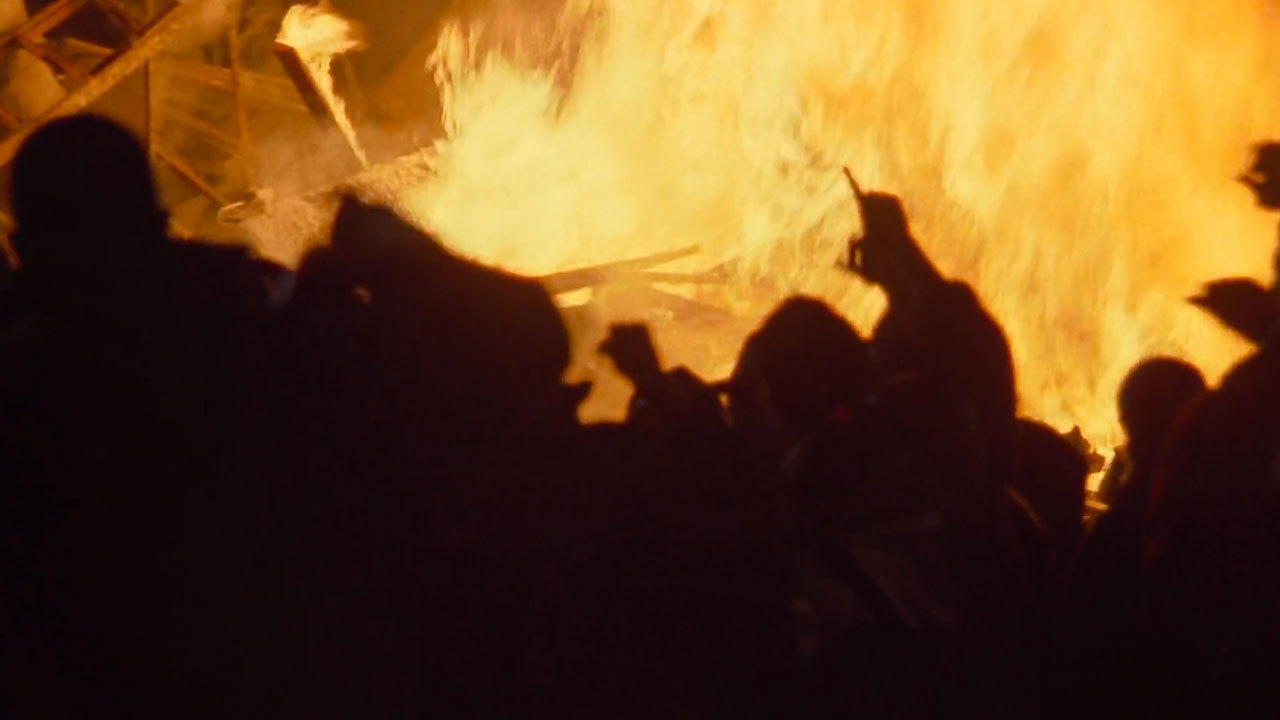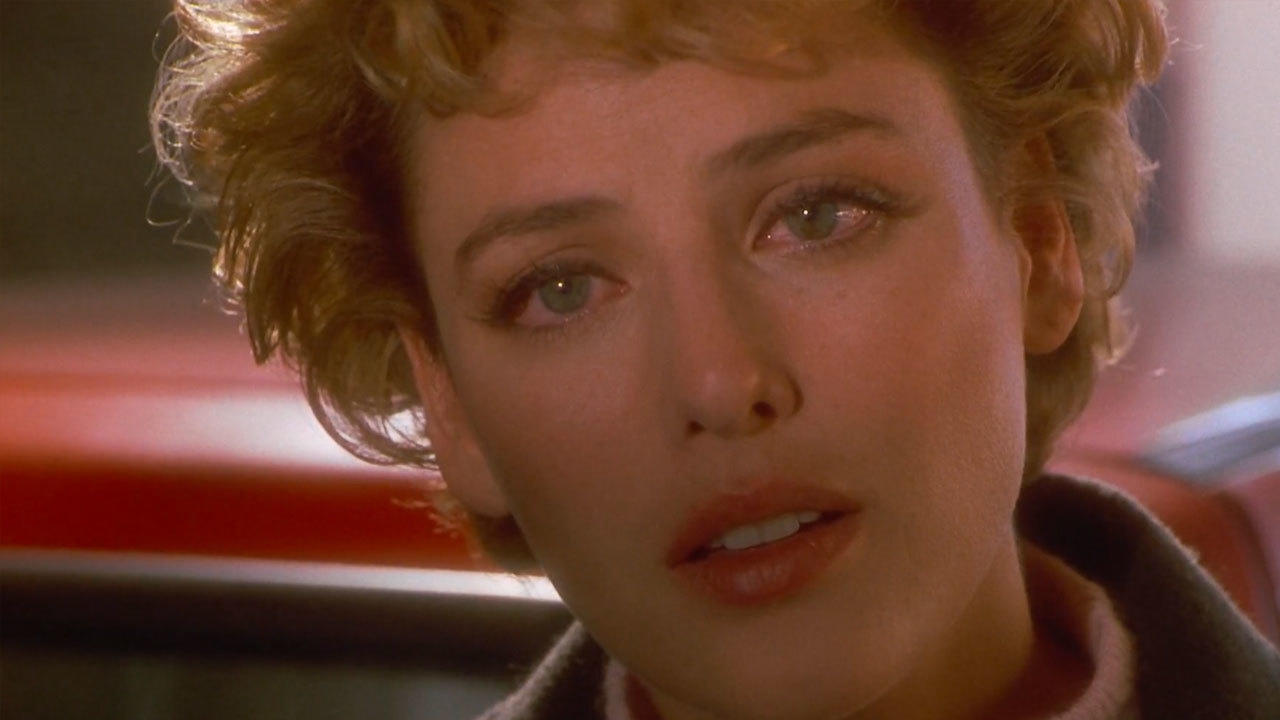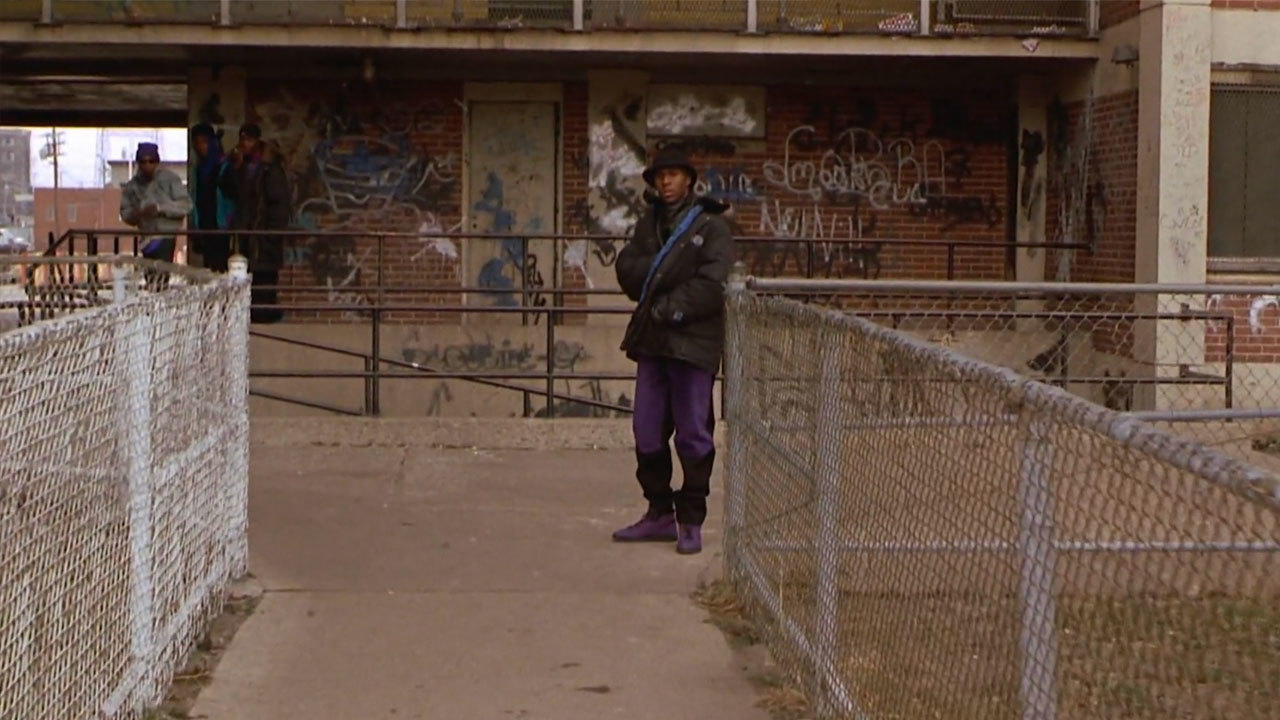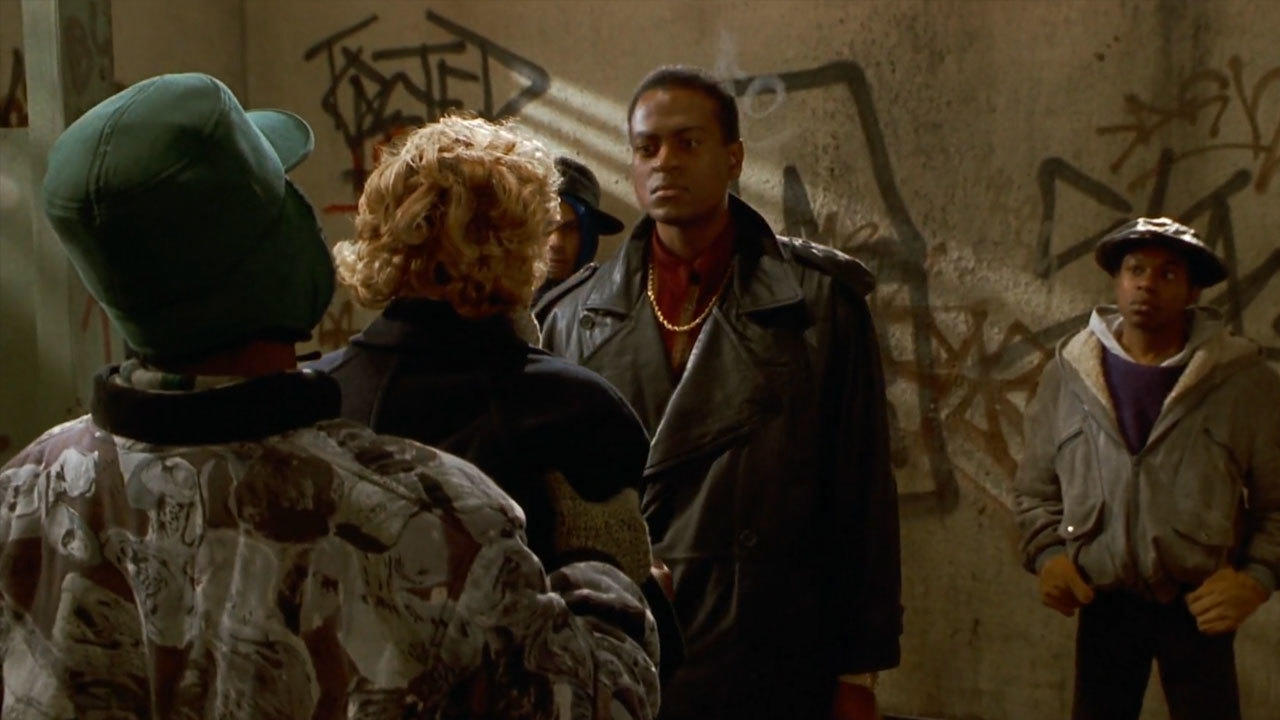Candyman: 13 Things You Didn't Know About The Classic Original Horror Movie
GameSpot may receive revenue from affiliate and advertising partnerships for sharing this content and from purchases through links.
Jordan Peele is one of the busiest men in TV and movies right now. As well as directing Get Out and Us, he's produced a number of films and shows over the past couple of years, including the reboot of The Twilight Zone and the recent Amazon thriller Hunters. His next movie is Candyman--which he has produced--and was co-written with director Nia DaCosta. Peele has described it as a "spiritual sequel" to the classic 1992 movie of the same name, which remains one of the best horror movies of the 1990s.
The original Candyman was an adaptation of the 1985 story The Forbidden by the British horror author and filmmaker Clive Barker, who is best known for the Books of Blood anthology series and the movies Hellraiser and Nightbreed. The film is based around the legend of the Candyman, who was originally the son of a slave but grew up as a successful businessman in the late 19th century, before his relationship with a white woman led to horrendous death at the hands of a mob. Now his vengeful, hooked-handed, bee-summoning ghost can be conjured up by anyone who dares to say his name five times into a mirror.
The movie was directed by British filmmaker Bernard Rose, who had previously helmed 1988's supernatural fantasy Paperhouse. Virginia Madsen took on the lead role as Helen Lyle, a sociology student investigating the Candyman legend, while the title character was memorably played by Tony Todd, whose imposing screen presence helped create one of horror's most iconic villains. The film was a moderate success, but nearly 30 years later, it stands as one of the greatest horror movies of the decade--an intelligent, scary, and beautifully-made chiller that has stood the test of time. So with DaCosta and Peele's reimagining of this classic set for a June release, here's some things you may not know about the original....
1. The original story is set in Liverpool
Chicago provides such an important backdrop to Candyman, but it's surprising to learn that Barker's original story wasn't even set in the US. The Forbidden takes place in the writer's hometown of Liverpool, UK, but Rose decided to change the setting to the US to avoid the problems that Barker had with Hellraiser a few years earlier, where much of the dialogue was redubbed with American accents. The specific setting of housing project Cabrini Green was subsequently suggested by Illinois Film Commission, when Rose asked them where the worst public housing estate in the city was.
2. The cast was almost very different
In an interview to mark the movie’s 20th anniversary, Madsen revealed that she almost didn't appear in the movie. She was originally cast as Helen's friend Bernadette, with Alexandra Pigg (who was Rose's wife) playing Helen. Madsen lost her role when it was decided to make Bernadette African American. However, when Pigg became pregnant shortly before the start of production, she suggested Madsen take over as the lead. The filmmakers also had a back-up plan if Madsen was unable to do it--a then-unknown TV actor named Sandra Bullock.
3. Eddie Murphy was considered at one stage
Sandra Bullock wasn't the only item of fascinating alternate casting. It's hard to imagine anyone but Tony Todd in the title role, but at one stage, Eddie Murphy was considered to play Candyman. But given Murphy's superstar status in the early '90s, it would have cost a lot more money than producers presumably had to spend.
4. Co-star Kasi Lemmons is now an acclaimed director
Helen's friend Bernadette is played by Kasi Lemmons. In 1997, Lemmons largely gave up acting to move into directing with the acclaimed drama Eve's Bayou. In 2019, she directed the biopic Harriet, which recently scored Oscars nominations for Best Actress (for Cynthia Erivo) and Best Song.
5. The opening title sequence used a revolutionary new camera system
While the advent of drones has enabled even the lowest budget filmmakers to shoot aerial footage, the striking photography that opens Candyman broke new ground. The camera moves smoothly and ominously over Chicago, a shot that was achieved using a very new camera stabilization device called the Skycam.
6. Nearly everyone got stung by a bee
Candyman can control bees, and over 200,000 real honeybees were used while shooting the film. Crew members had to wear protective suits on-set, but that didn't stop many stings during production. However, star Tony Todd cleverly turned this to his financial advantage. "I negotiated a bonus of $1,000 for every sting during the bee scene," he told the Guardian. "And I got stung 23 times. Everything that's worth making has to involve some sort of pain."
7. That's a very big fire
The huge bonfire that the residents of Cabrini Green built to kill Candyman was overseen by the same crew who worked on the previous year's hit firefighter drama Backdraft. 1,500 gallons of propane were used to create the blaze, which reached a width of 70 feet and a height of 30 feet.
8. Candyman cameos
There's a few cool cameos to watch for in Candyman. In one scene, Ted Raimi--the acting brother of Evil Dead director Sam--appears as a leather-clad bad boy who uses the legend of Candyman as an unlikely seduction technique. And Bernard Rose himself appears briefly as a university researcher named Archie in a dinner scene.
9. Composer Phillip Glass has done very well from the movie
Candyman's striking hypnotic soundtrack was composed by much revered and hugely influential modern classic composer Phillip Glass. Glass has scored numerous movies over the years, but Candyman--his only horror movie--is perhaps his best known. "It has become a classic, so I still make money from that score [and] get checks every year," he told Variety.
10. Virginia Madsen was hypnotized for some scenes
In an interview to promote the movie, Rose described the sound of screaming that you hear in most horror movies as a "f***ing horrible noise." So he decided that Madsen's character Helen would instead enter a trance-like state whenever she encountered Candyman. To achieve realism in these scenes, Rose and Madsen went to see a professional hypnotist, whose techniques Rose would then use to trigger her trances while shooting the movie.
11. Shooting on location was dangerous work
While much of the Candyman was filmed in soundstage in Los Angeles, the production did shoot on location in Cabrini Green for several days. The area was entirely controlled by rival gangs at the time, and, as Todd subsequently explained, they had to be paid by the film company to not interfere with the production. In addition, many of the gang members appeared as extras in those scenes.
12. Producers were worried about the racial themes
Candyman has a powerful social edge, with the themes of racism and deprivation in the black community forming the backdrop to the supernatural story. Rose stated that the film's producers were worried about criticism over this and asked him to meet with the National Association for the Advancement of Colored People (NAACP) in advance of the film's release. Luckily, the group had no problem with it. "What they said to me when they'd read the script was 'Why are we even having this meeting? You know, this is just good fun,'" Rose explained in a 1993 interview. "Their argument was 'Why shouldn't a black actor be a ghost? Why shouldn't a black actor play Freddy Krueger or Hannibal Lecter?’"
13. The new Candyman movie is the fourth film in the series
Candyman was followed by two less-well-remembered follow-ups in the '90s. The first sequel was 1995's Candyman: Farewell to the Flesh, while Candyman: Day of the Dead followed in 1999. Neither are remotely as good as the original, but Farewell to the Flesh is notable for being an early film by director Bill Condon, who went on to huge box office success with Chicago, Dreamgirls, and the live-action Beauty and the Beast remake.

